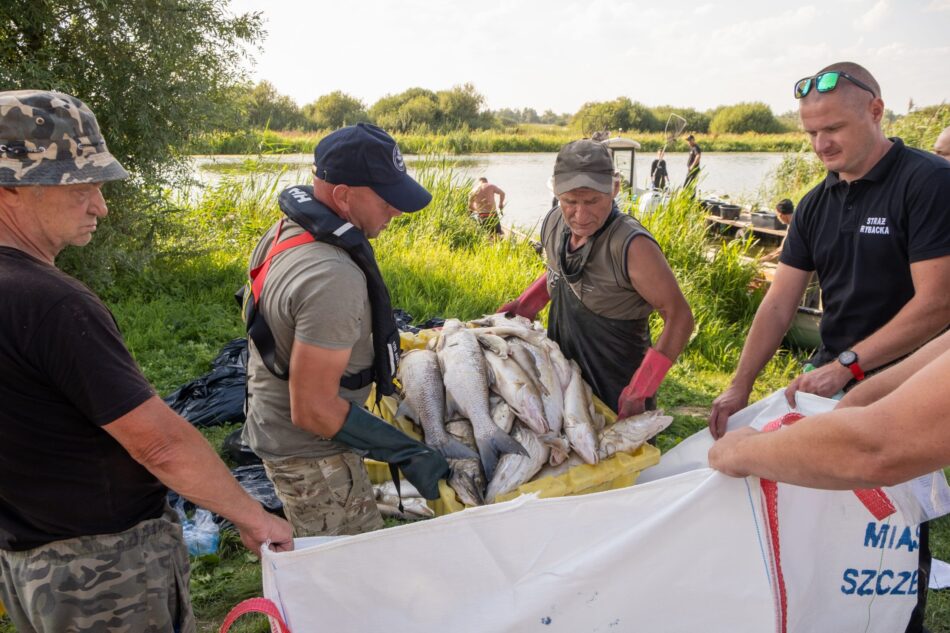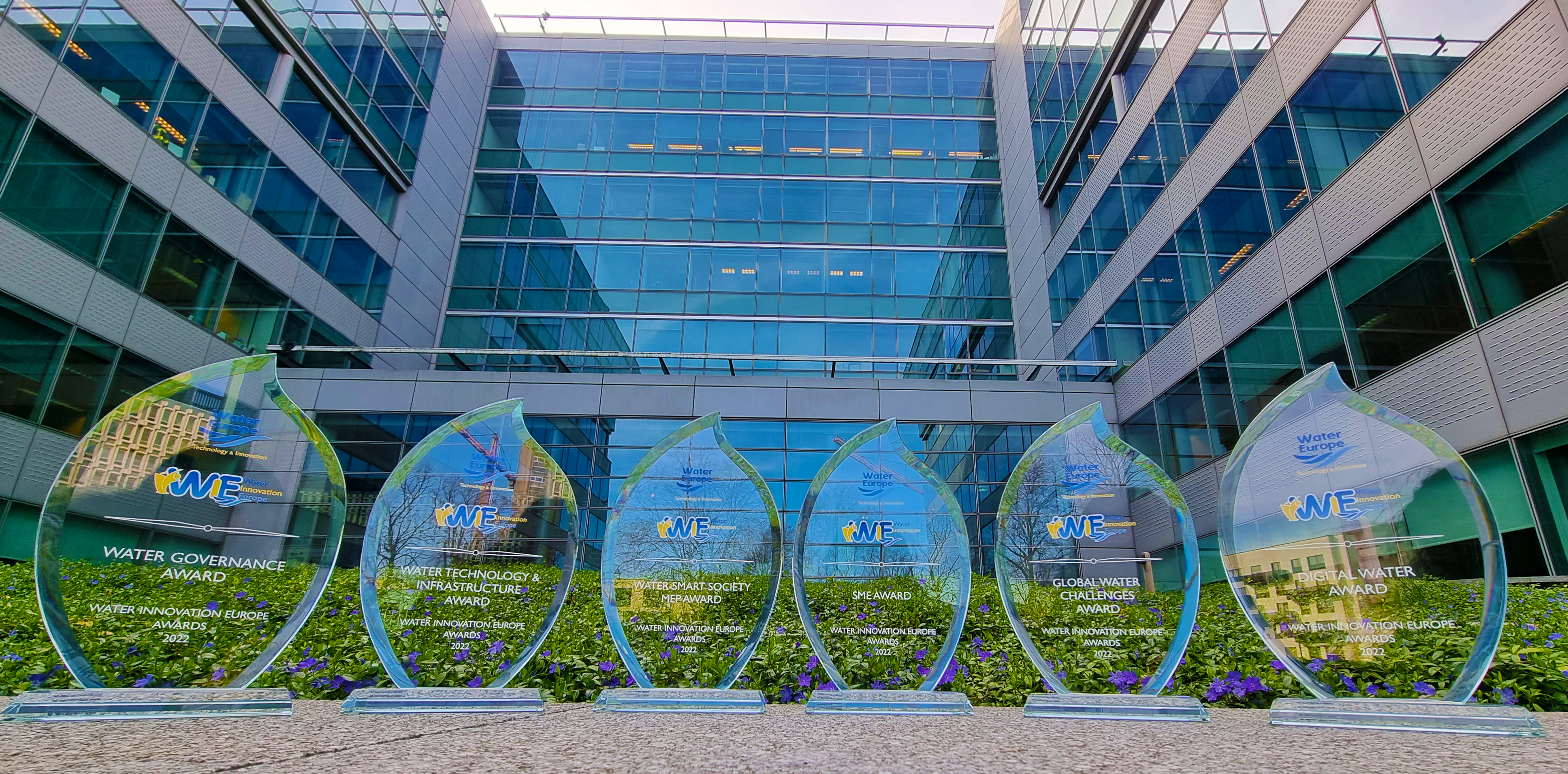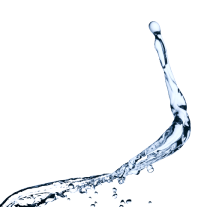Last year’s Oder River disaster shall lead EU policymakers to a better recognition of water risks in the Industrial Emissions Directive. A EU analysis recommends key improvements in terms of water quality monitoring and data transparency that would have limited the damages of this accident.
One of the worst disasters in the history of European rivers happened last August. In the Oder River, which rises in the Czech Republic, flows through western Poland, and forms a large part of the border between Poland and Germany, 360 tonnes of fish were killed, and severe ecological impact extended along 500 km. These damages are mainly due to an algal bloom releasing toxins that killed fishes and other taxa.
However, it is now clear that this environmental disaster had anthropogenic factors. Such a huge increase in salinity in such a short time period of two days is not possible under normal conditions, as points out a EU analysis from DG ENV, JRC, and the EEA. This is characteristic of a discharge from an upstream industrial or municipal source. In this respect, the European Pollutant Release and Transfer Register (E-PRTR) reveals 34 facilities with chloride discharges in the Oder relevant catchment for the years 2018-2020.
The recent Oder disaster shall urge EU policymakers to better address water quality and emissions from industrial plants. The Industrial Emissions Directive is the main EU instrument for this purpose and a once-in-a-generation opportunity to improve water-related risks assessment. It is then a paramount weapon against the reoccurrence of such disasters. Increasingly severe and frequent dry periods due to climate change will lead to more and more prolonged periods of low water flows which amplify the risks of similar accidents for EU rivers. Tackling rivers salinity due to industrial effluents is all the more necessary for reducing risks since nearly 60% of EU rivers are not in good ecological status, as the Oder where it was precisely what led to the algal bloom.
While there is a need for a better regulation of industrial emissions to water, Europe shall also learn other lessons from the Oder disaster. In particular, the lack of implementation of advanced monitoring solutions is presented by the EU analysis as a main cause of the extent of the damages. A better tracking of the event’s progression through accurate details on emission points would have been made possible by strict monitoring requirements for each industrial installation. For early responses to such events, the IED shall also promote the implementation of continuous and precise digital monitoring systems of water quality. In this regard, it is one of the key recommendations of the EU report and related solutions already exist thanks to EU-funded RTD projects.
The second main recommendation by experts from the European Commission and the EEA is to improve communication, mainly between national competent authorities as well as to the public. This lack of data sharing hampered efforts to limit the disaster. For instance, an efficient transparency of the data would have been crucial in preparing downstream authorities to the upcoming impacts, since studies demonstrated that water takes only 12 days to travel downriver in the Oder. Therefore, mandatory notifications between relevant authorities, transboundary cooperation, and free access data for the public shall be all considered within the IED. The EU report also recommend making publicly accessible inventories of all industrial discharges and emissions, which can especially improve the verification of the existing permits for the discharge of wastewater into rivers.
In the context of the recast of the IED, leaving the business-as-usual approach is the only way to avoid further disasters in all EU rivers that share the same risks with the Oder. Promoting monitoring solutions and water-related data transparency in the IED is also a key driver for industries’ competitiveness in the next decade.




